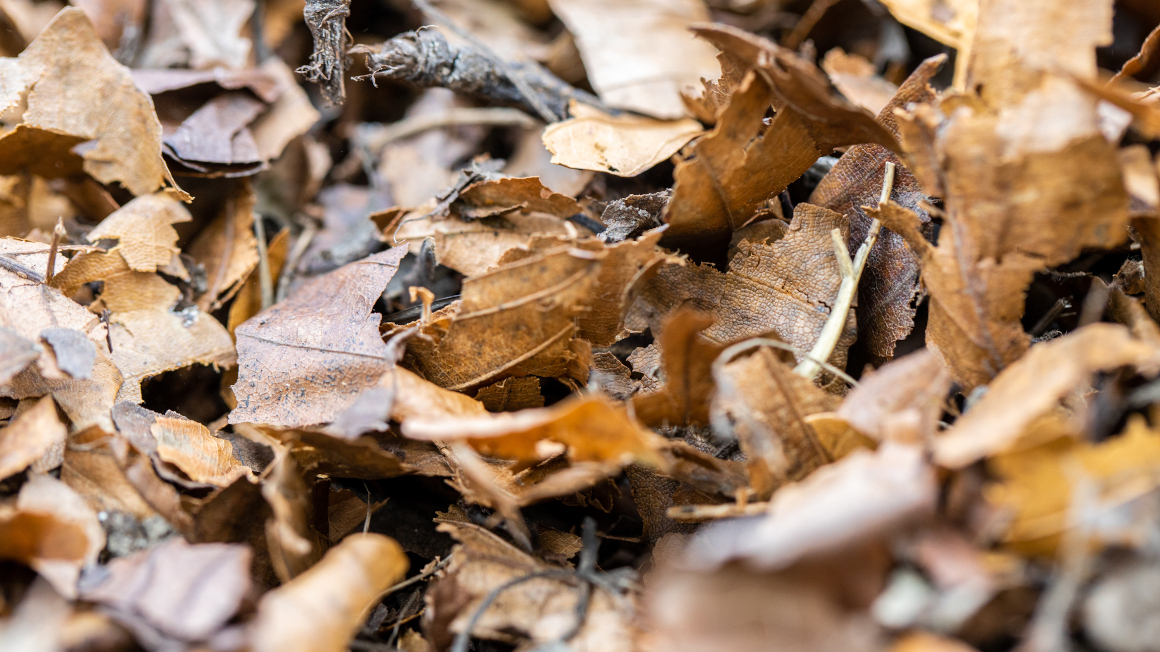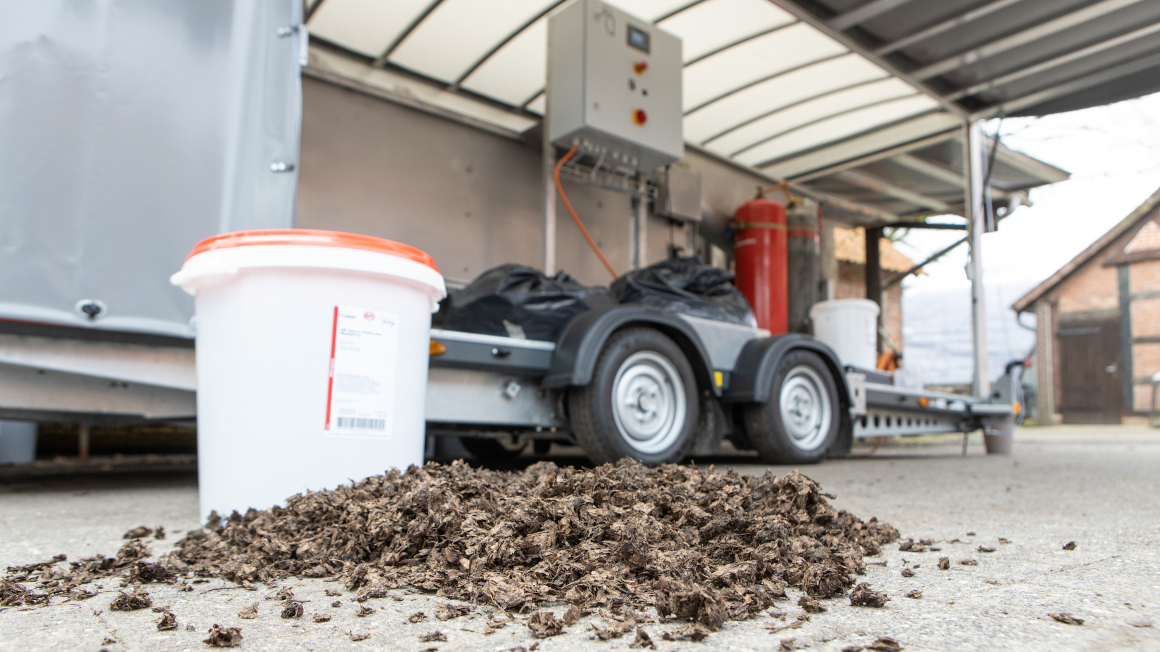
Too much nitrate is still entering soils, groundwater and bodies of water as a result of improper fertilization. In agricultural regions in particular, groundwater is therefore often overly contaminated with nitrate. This is because if more fertilizer is applied than plants and soils can absorb, excess nitrate leaches into water reservoirs. According to the German Federal Environment Agency, agriculture is responsible for around 75% of nitrate inputs. But this is set to change. In implementation of the European Nitrates Directive, Germany has tightened the fertilizer ordinance in 2020. This means that agriculture will have to break new ground in fertilization practice.
Instead of applying man-made mineral fertilizers and liquid manure to the fields, a mix of natural residues could also provide the necessary nutrients. One solution comes in the form of a slurry-leaf mixture, which is being further developed under the leadership of Michael Huster of A+M Unternehmensberatung GbR in Bassum as part of the "Gülle-2-Laub" ("Manure-2-Leaf") project. The project, which involves partners from research and industry, is being funded by the German Federal Ministry of Education and Research with a total of 640,000 euros from April 2021 to March 2024.
Odorless fertilizer from manure and leaves
The aim of the project is to build a pilot plant to produce the organic fertilizer from liquid manure and leaves. "Primarily, we want to develop as optimal a process as possible on a small scale that is economical and brings the major advantages of these two aggregates to the fore," says project manager Michael Huster. The main concern, however, is to reduce nitrate input into groundwater.
To achieve the fertilizing effect, the leaves must first be dried and shredded before being mixed with the slurry. Here, the team had to overcome a few hurdles in advance. One important point was the shredding process. "The special mechanical preparation of the leaves caused the capillaries of the leaf to open and absorb liquid." Within just five minutes, Huster says, there was a significant reduction in odor. The result was an organic fertilizer that resembles potting soil and also smells similar. "It's a moist but not greasy product that's easy to spread in the field with a manure spreader," Huster explains.

It was just under two years ago when a friend of Huster's, Manfred Steen, came up with the idea of using liquid manure and leaves to develop a fertilizer that would be sustainable and environmentally friendly and also decimate odors considerably. Using ordinary household tools and buckets, the project involved tinkering with the right composition and even building a mobile demonstration plant. Tests showed that a foliage content of 25% is optimal. However, the preparation of the foliage was crucial. "Foliage brings a very high carbon content and this ensures that the ammonia in the slurry, which is responsible for the acrid odor, is bound. In addition, foliage can enhance the humus effect in the soil because it can absorb six to eight times its own weight in water - which is very beneficial in the dry season," explains Huster.
Sustainability through residue recycling
The sustainability contribution of the slurry-leaf fertilizer is obvious, because only waste materials are used. On the one hand, animal excrement from agriculture, which would otherwise be used in the field as fertilizer or to generate energy in the biogas plant. On the other hand, leaves are recycled, which accumulate in heaps in municipalities and cities, especially in the fall, and are expensive to dispose of. "It's remarkable how much money it costs to dispose of a ton of leaves. In cities like Hamburg, it's at least 80 euros per ton. And the disposal industry doesn't actually want the leaves because they are very difficult to compost," Huster tells us. He is convinced that the recycled fertilizer will open up a new use for farmers and municipalities.
Show economic advantages
What worked in demonstration mode, Huster and his project partners now want to prove on a larger scale in the coming years. To this end, the process and the plant are to be further optimized. In addition to building a pilot plant, the project aims to provide scientific proof that the combination of both waste materials offers economic advantages to farmers and municipalities. But that's not all: "We also want to prove that we can use the leaves to increase humus buildup on the land and improve nutrient and water availability for the plant," says Huster. After all - if the humus content is increased - this will also significantly improve biodiversity. "This provides great food sources not only for microorganisms, but also for all other animals in nature, and greatly supports biodiversity," Huster added.

The Osnabrück University of Applied Sciences, which could be won as a project partner, is responsible for the scientific substantiation. Also involved in the project are the Grenzebach engineering office from Bad Herzfeld, which is responsible for the design of the pilot plant, and the Schroer company, which provides support for the technical implementation and on whose premises the pilot plant is now located. Currently, between three and five tons of organic fertilizer can be produced daily. At present, it is mainly liquid manure from pig farming that is used. But this is variable, says Huster. Chicken and cattle manure as well as fermentation substrates from biogas plants or even combinations of these are also suitable.
Leaf-slurry mixture provides additional yield for cereals
Initial field trials with the slurry-leaf mixture have already been conducted and are promising. "On the plots with the leaf-manure mixture, we had an additional yield of 6% in the grain. The quality of the grain was also better. Here we had a 10% higher protein content, which clearly speaks to nutrient availability in ear formation."
The process for producing fertilizer from liquid manure and leaves has already been patented throughout the EU. According to Huster, following the success of the first field trial, interest in the novel fertilizer has also risen sharply among farmers. He is optimistic that an "interesting product" will be available at the end of the project period that will satisfy farmers and municipalities alike.
Author: Beatrix Boldt


